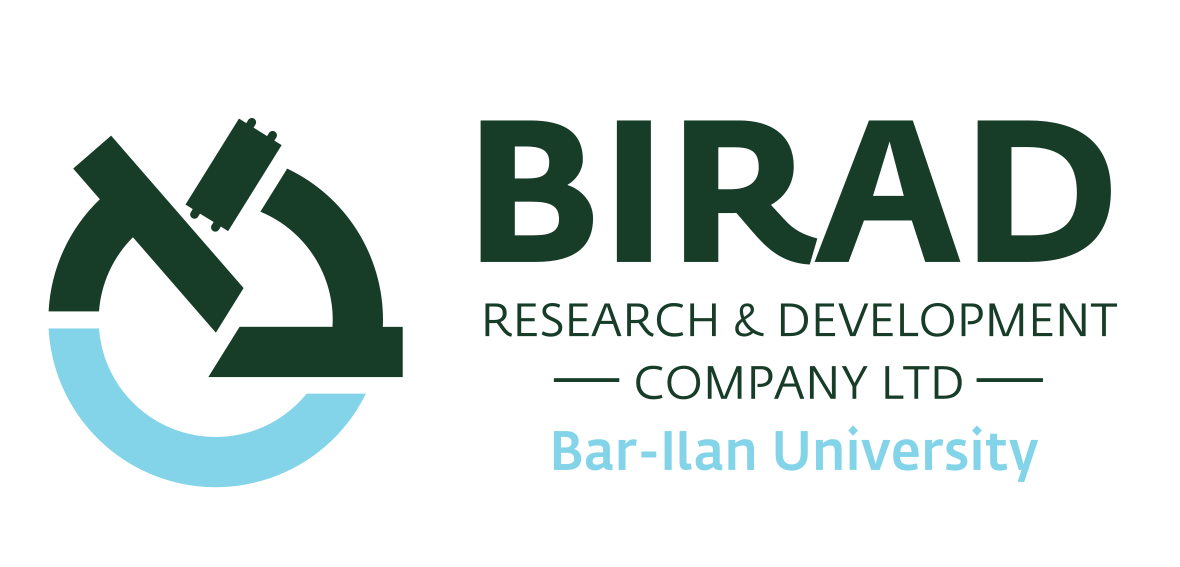Novel Personalized Amd and Diabetic Retinopathy Treatment

The Problem
Age-Related Macular Degeneration (AMD) and Diabetic Retinopathy (DR) are leading causes of blindness in the Western world. Both are characterized by pathological angiogenesis in the various eye structures.
Current treatment for AMD and DR includes monthly intraocular injection of various anti-VEGF agents. Novel biological drug family based on nucleic acid-based ligands, aptamers, is proven for use in ophthalmology.
Although these new treatments are promising, they have severe limitations. Not only they involved complicated surgical procedure, but also they are performed without direct measurement of disease biomarkers in different patients. Therefore, there is still a high demand for more personalized and safer approach to improve efficiency and compliancy.

The Solution
Our innovative technology directed to non-invasive methods of personalized diagnosis and treatment of ocular disease, Age-Related Macular Degeneration (AMD), and Diabetic Retinopathy (DR) using novel nanoparticle-mediated delivery of aptamers based on personalized medicine approach.

The Commercial Benefit
A new nano delivery method designed to provide topical delivery of aptamer for the personalized diagnosis and treatment of AMD-associated pathological angiogenesis. Such personalized angiogenesis-regulated delivery could revolutionized currently used aptamers drugs, and/or - as a novel aptamer drug entity. Nanoparticles mediated penetration functioning on the same scale as ocular transport molecular processes holds promise of topical noninvasive patient compliant next generation of VEGF aptamer approach to fight AMD-induced blindness risks.

Market Potential
The global diabetic retinopathy market was valued at USD 8.4 billion in 2017 and is expected to reach USD 13.1 billion by 2025, expanding at a CAGR of 6.7% from 2017 - 2025. Diabetic retinopathy is among the key causes of legal blindness in working adult population. With overall prevalence of around 34% in the total diabetes population, the burden in form of direct and indirect management cost of diabetic retinopathy is humongous.

Target Markets/Industries
- Pharmaceutical companies
- Biotechnology companies
- Ophthalmic research laboratories
- Glaucoma research foundations
- Eye health organizations

Intellectual Property
Patent application pending (PCT/IL2018/050228)

Team: Primary Inventor
Dr. Mandel Yossi
- Dr. Mandel is the Head of Ophthalmic Science and Engineering Laboratory in the School of Optometry and Vision Science at Bar-Ilan University.
- He is an ophthalmologist and former Head of the Research and Foreign Affairs Directorate of
the IDF Medical Corps is a fellow in the Department of Ophthalmology and the Hansen Experimental Physics Laboratory of Stanford University in Stanford, California. - Dr. Mandel Yossi received his M.D. from Hadassah Medical School, Jerusalem, Israel.

- Prof. Willner was awarded the EMET Prize for his pioneering research, promoting scientific disciplines in the fields of molecular and biomolecular electronics, as well as the development of nanobiotechnology.
- He completed his studies in chemistry at The Hebrew University of Jerusalem, where he received his Ph.D. Following postdoctoral research training at the University of California, Berkeley, he joined the Institute of Chemistry at The Hebrew University of where he was appointed full professor.
- His studies led to the development of sensors for clinical diagnostics and for the detection of explosives, to the construction of biofuel cells, and to the design of solar energy conversion and fuel production systems.
- Prof. Itamar Willner's accomplishments were recognized with numerous awards and honors, among them the Israel Prize in Chemistry, the Rothschild Prize, the Kolthoff Prize, the Israel Chemical Society Award, and the Max Planck Award for International Cooperation.

Future Research
Animal studies are under evaluation. Future research will focus on preclinical evaluation and optimization of the technology.

The Opportunity
Pharmaceutical companies are invited to license our patent through a licensing agreement with sponsored research.

